¶ Jeremy Cooperstock
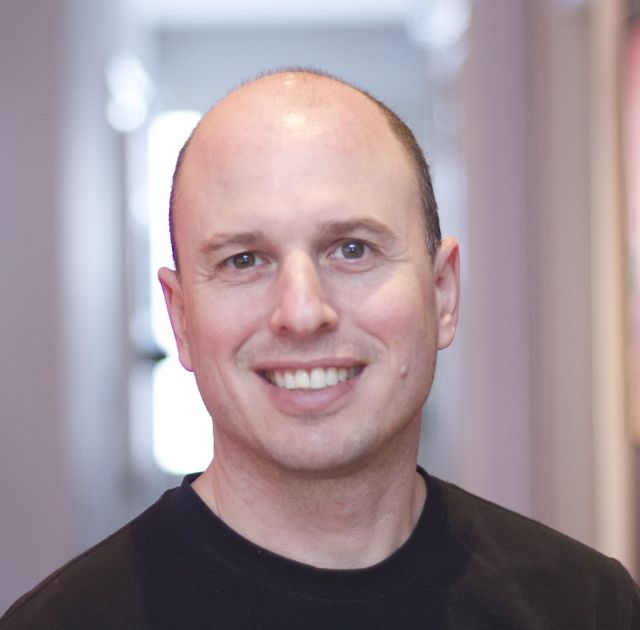
Website: [Shared Reality Lab]
Greetings! I was pushed into haptics feet-first about 15 years ago and haven’t felt better. Now I’d like my students to take a similar step and share the experience. If I’m not dealing with some aspect of multimodal communication, you’ll find me battling big companies and complaining about the evils of Zoom, even though I’m the one hosting our video lectures.
Haptic specialities: Much of my early haptics research related to creation of multimodal immersive environments, in which foot-ground interactions played an important role. More recently, I’ve been interested in haptics as a means of information communication, both as ambient displays and explicit signalling, such as to indicate patient state to clinicians in a hospital setting.
This course: We’ve been discussing for several years the fact that there’s a strong community of haptics expertise in Canada, and wanted to leverage this to do something meaningful together. The chance now to work with the amazing co-instructors on this course, and also to learn from them, while contributing to the training of new haptics practitioners, is a tremendous opportunity in which I’m delighted to participate, even if it means giving up even more sleep.
(And blame Antoine for adding the following blurb here:)
I do remember students who took your classes. They were clearly divided as those who complained saying that you were a hard grader and expected them to do work, and those who were appreciative for the hard work and what they learned. All those who were willing to do work thought you were a great educator.
¶ Karon MacLean
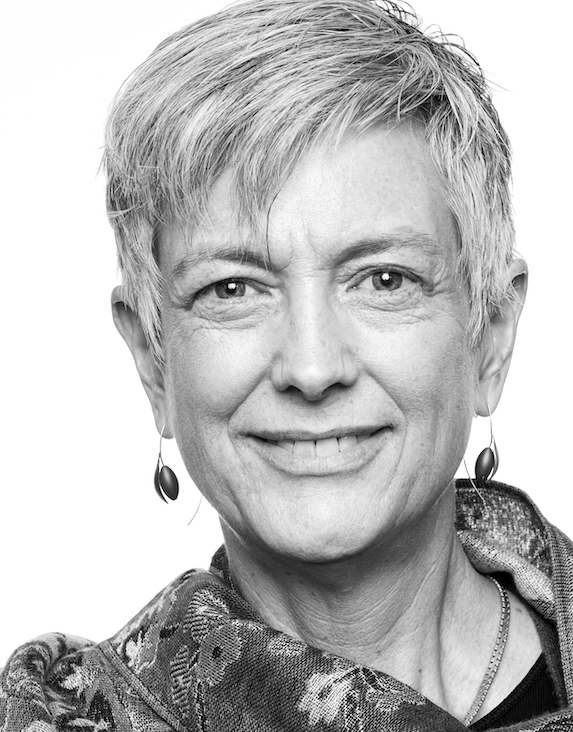
Website: [SPIN Lab]
I’m really looking forward to meeting all of you. I’ve been doing haptics research since I was a PhD student (in the 1980s! we didn’t call it haptics yet). In a robotics lab where your personal worth was proportional to the degrees of freedom in your machine or controller, I got drawn into very simple displays - like a knob, which could be inexpensive and thus ubiquitous - and all the things that have to happen in your head for that to be interesting and useful. Later I learned that this was called “interaction design”. I didn’t get much respect for my knobs back then - but I think the world may finally be ready for simple displays that do smart things! See why my lab is called “SPIN”?
Haptic specialities: I’ve worked on haptic and tactile language design and perception, shared control, physically supported motor and conceptual learning, and affective haptic computing. I’m very interested in supporting haptic designers with processes, tools and ecosystems. Lately, many of my group’s applications and collaborations are in health (particularly mental health, using emotionally responsive affective robots) and learning.
This course: I’m excited to be working with such a large group of talented new haptics researchers - many more than we’d get together at just one of our universities; building up a network through our students getting to know one another; seeing how my co-instructors teach and learning from their special expertise.
And not least: refusing to let the pandemic shut haptics down just because it involves touching. We need touch more than ever. My teenage daughter tells me that skin hunger is a thing… To skin hunger and satisfying it!
¶ Oliver Schneider
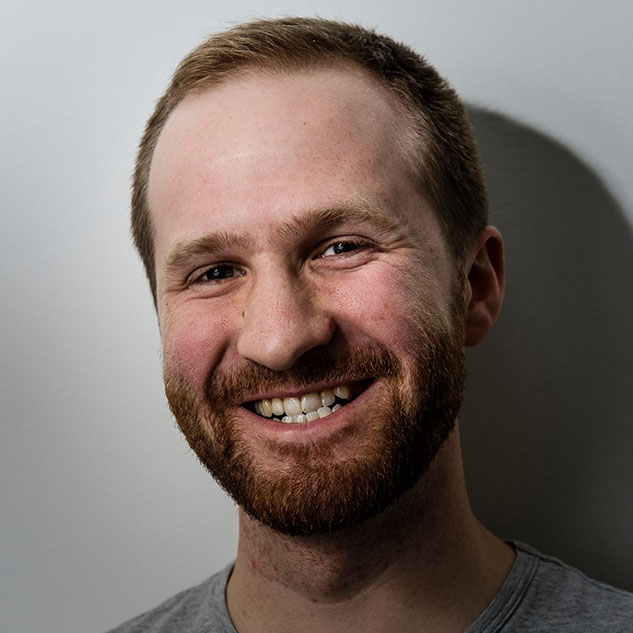
Website: [Haptic Computing Lab]
I can’t wait to work with you all this term! I’ve been designing physical interactive systems since I was 16, when I built a foot pedal that would help scientists write complex equations more quickly (through superscript, subscript, etc.). I’ve since become a little more sophisticated with my research, but I’m always looking for ways to push technology beyond keyboards and mice and engage us with all of our senses, and to do so in a way that helps people with real problems.
Haptic specialities: My research program focuses on understanding and supporting haptic experience design. My long term goal is to build a suite of tools to help anyone create haptics - from this, I have lots of experience building design tools and understanding the process behind making and evaluating haptics. I have worked on haptics in education, science outreach, accessibility, media design, affective robots, and (sort of) autonomous vehicles. I’m most experienced in vibrotactile feedback and one and two DoF force feedback devices.
This course: This is the second third time I’ve taught a course on haptics, and the first time teaching one remotely. I’m super excited to see what we can do with such an awesome team of instructors and students. In this offering, I will focus on supporting the Haply devices and labs.
¶ Pourang Irani
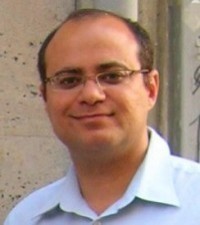
Website: http://hci.cs.umanitoba.ca
Happy 2021 to all! Despite having childhood wishes of becoming an architect, twists and turns in life have led me on a path to HCI research. When I am not imagining a new way of interacting with digital content, I am persuading my two elementary school kids that our research will one day save the world . Luckily, they are more convinced at trying new dishes I experiment with from online cooking videos I browse in my spare time.
Haptic specialities: I have primarily worked on mobile and wearable technologies where we have designed haptics interfaces for eyes-free feedback. I have also worked on multi-modal UIs (audio+visual) through collaborations with the Honda Research Institute and developed wearable technologies to process audio on smartwatches for rapid interaction.
This course: I have never instructed a course on haptics design and I am very excited to be part of a team of Canadian experts on this topic. I am also excited to be part of this network of very bright students from these many universities, a rare opportunity. I am glad to be on this learning journey with you all and I look forward to the evolution of the CanHaptics network.
¶ Vincent Levesque
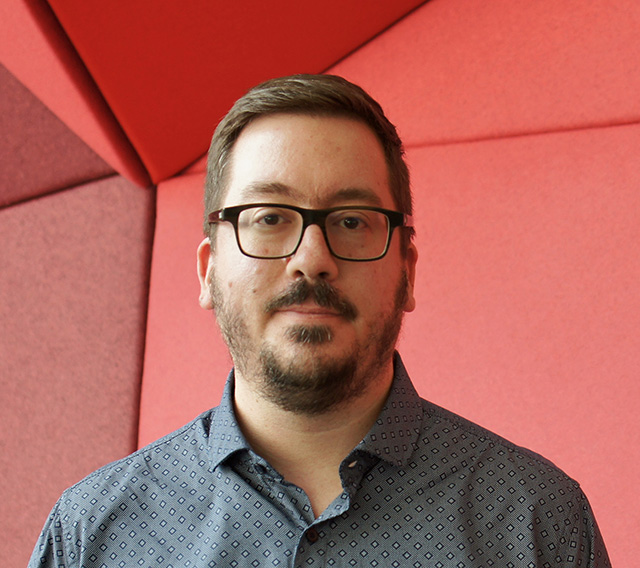
Website: [Haptic User Experience Lab]
Bonjour! I can still remember how fascinated I was when I first read in high school about crazy inflatable gloves that would let you feel things in VR. A few decades later, I’m still fascinated by haptic interfaces and I’m passionate about trying to make them fun and useful for different kinds of applications.
Haptic specialities:
This course:
¶ Antoine Weill–Duflos
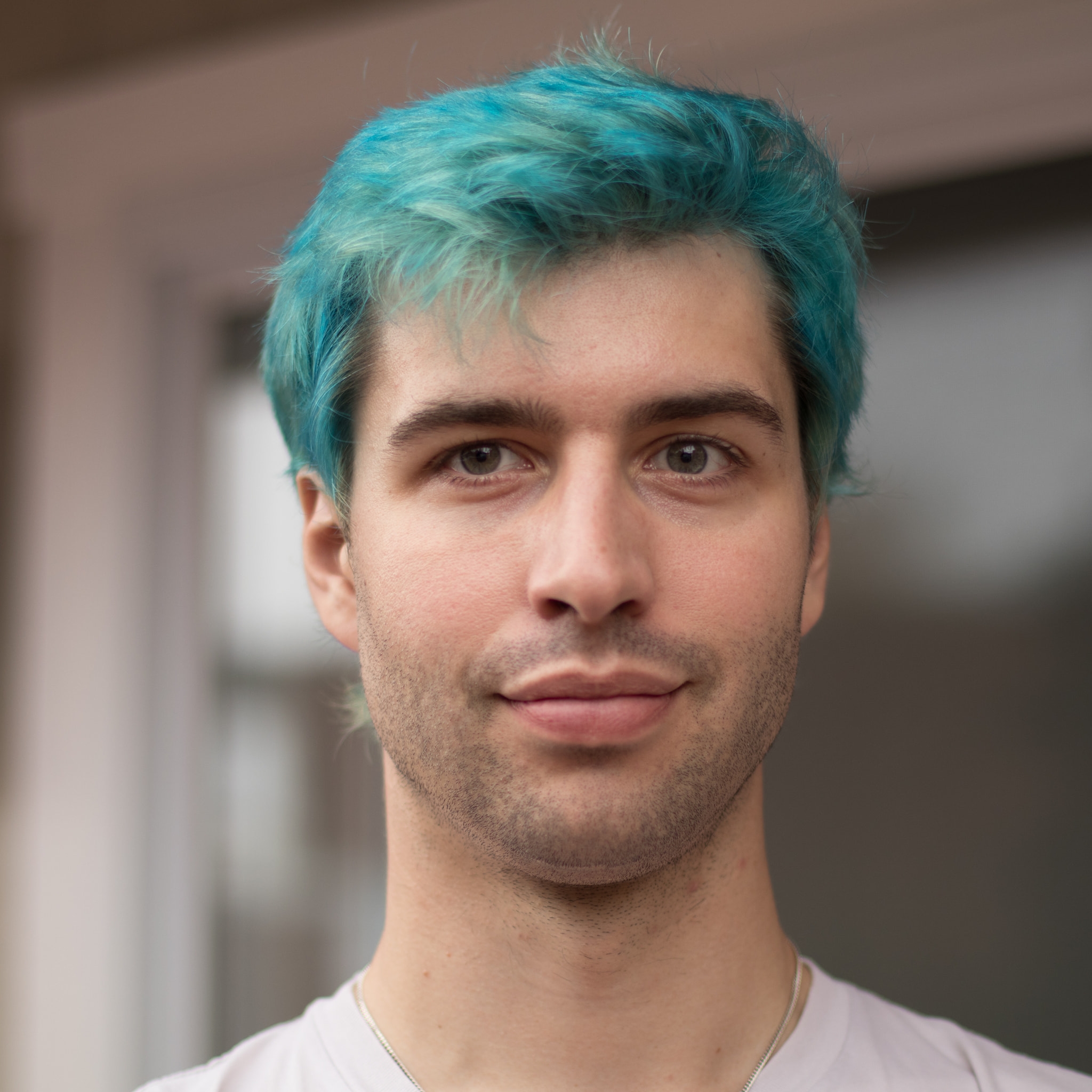
Website: [Research Projects]
Hi! In 2012, the last year of my Master’s degree in Robotics and complex mechanical systems, I took an extra course called “Touch Interfaces and Virtual Reality” out of interest in VR. “Virtual Reality” was, of course, never discussed. I instead discovered haptics in detail, and it sparked so much interest that I chose to pursue a PhD under the supervision of the professor of this class.
I hope to be able to arouse, if not the same amount, some interest to my students.
Otherwise, when I’m not indulging one of my nerdy hobby, I ride my bike through Montreal every season of the year.
Haptic specialities: My background is in Mechanical Engineering and I started my haptic journey in a robotics lab. My first device was just a knob, but I spent 3 years trying to make it the best haptic device. I’ve worked in designing and making haptic devices, bilateral teleoperation, haptic simulation, force sensing, force-feedback and more recently in vibrotactile.
I currently work at Haply Robotics where I lead the haptic research and product integration.
This course: I’ve always loved the combination of skills brought by teamwork and was really excited when I learned about this Canhaptic initiative. I’m really excited to be part of it and I look forward to teaching new haptics practitioners and learning from my co-instructors.
¶ Pascal Fortin

I am deeply excited to meet all of you this semester! I was first introduced to haptics during a summer internship in 2012 during which I worked on the development of foot-based haptic interfaces for Parkinsonian patients. Since then, I have dabbled in diverse creative haptic projects with special interest for anything that relates to perception: What is the best way to tickle someone’s foot with vibrations? How can we warp a user’s temperature perception using electrical muscle stimulation? How does perceiving a notification impact our physiology?
Haptic specialities: I have an electrical engineering background, so I particularly enjoy playing with circuits, signal processing and data analysis pipelines. Most of my haptics experience involves vibrotactile stimulation, but I have experimented with electrical muscle stimulation, force feedback and temperature displays during my PhD. At the Shared Reality Lab, I was often referred to as the “Physio guy”, due to my interest in, understanding and experience working with physiological signals.
This course: Canada is lucky to host some of the most amazing haptics researchers in the world. I can only imagine what innovative ideas the students will come up with this year!